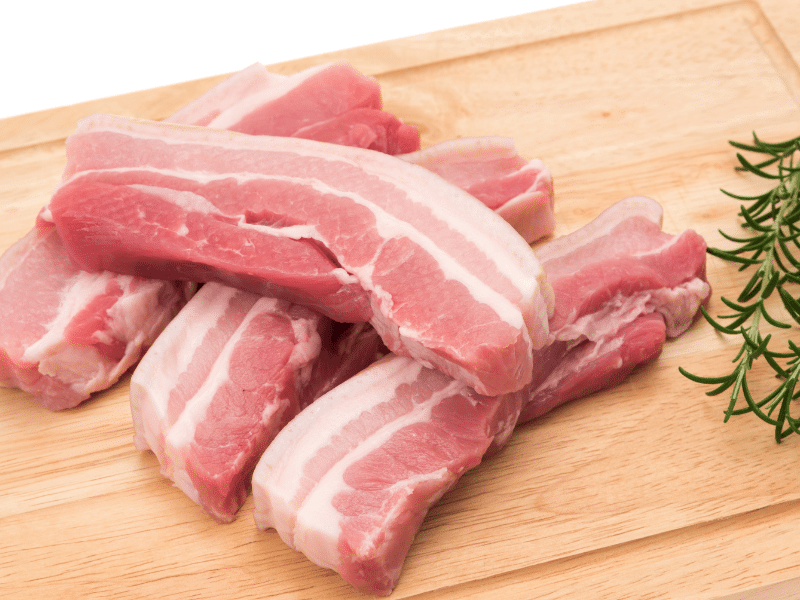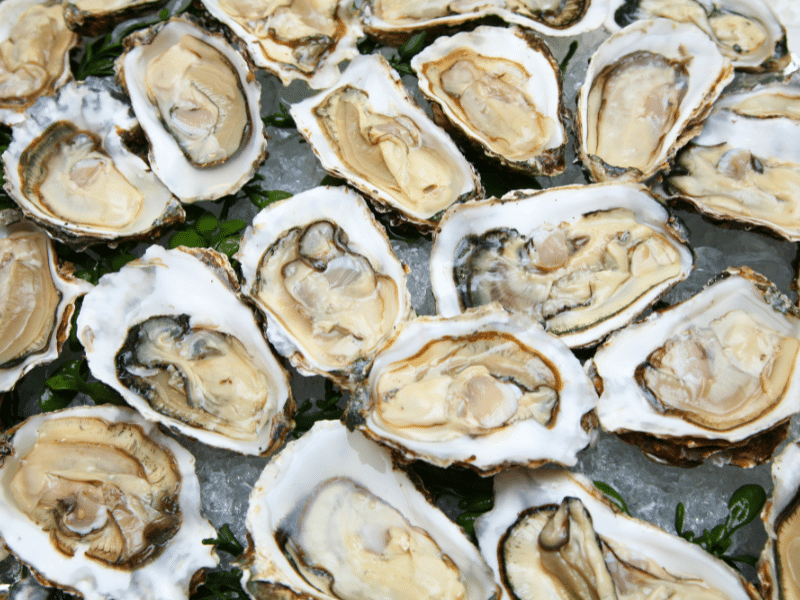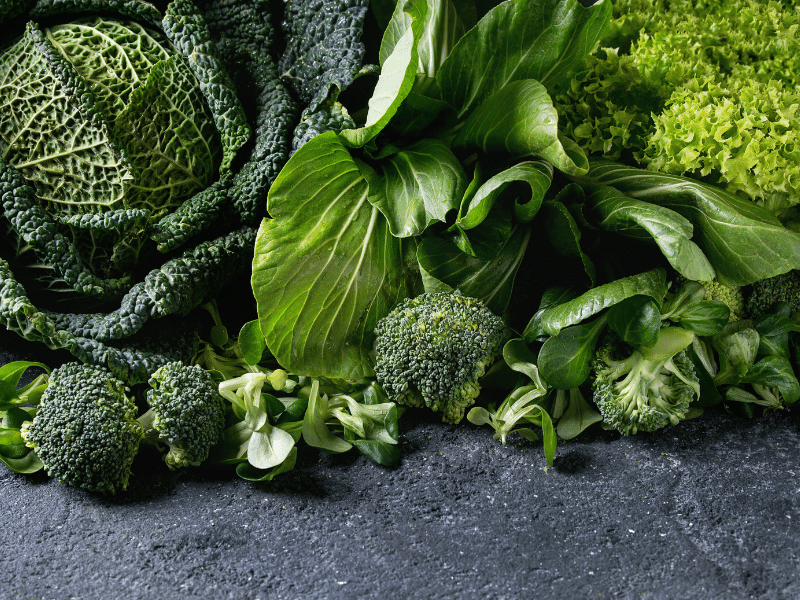
Have You Been Made Sick or Injured From Food?
"*" indicates required fields
Specific Foods
Ice cream is a popular treat for all ages, especially during the hot summer months. However, even ice cream can be a health risk if not handled properly. When ice cream is left out too long or made with contaminated ingredients, it can become a breeding ground for bacteria, potentially leading to foodborne illness.
One common concern when eating pork is the risk of illness. If you regularly eat pork, you may wonder what the best process is for preparing it safely. While most pork products are handled and cooked safely, things can always go wrong, resulting in pork that is unsafe to eat. Therefore, it’s important to understand the facts about food poisoning from pork and how to prevent it.
Oysters can become tainted with bacteria and other contaminants present in many coastal waters, particularly in warmer months. When you consume oysters, especially when raw, you might also consume the contaminants that can accumulate in their meat.
There’s a lot to love about coffee, from its roasted, chocolatey aroma to the caffeine jolt it gives you to start the day. Drinking a “cuppa joe” on the regular also has a few health benefits, such as a decreased risk of developing type 2 diabetes and strengthening your DNA. However, it can also pose food poisoning risks, especially if you leave it out too long or use contaminated milk and flavorings.
So, how long can coffee sit out? Generally, freshly brewed black coffee can sit out for up to 24 hours before deteriorating and developing a sour taste. After that, the risk of your coffee making you sick increases.
Turkey is a popular dish, especially during the holiday season. However, when not handled or cooked properly, turkey can pose a severe risk of food poisoning. Understanding how long to keep food and taking necessary precautions to ensure it is safe to eat can help you avoid the unpleasant and potentially dangerous consequences of food poisoning from turkey.
Hummus is a staple in many households as a popular dip and spread. However, like any perishable food, hummus can spoil if left out for too long, potentially leading to foodborne illness. How long can hummus sit out before it goes bad? This article will explore how long hummus can sit out, the risks of consuming spoiled hummus, and tips for storing it safely.
Illnesses related to baby formula are very common in the United States. While researchers don’t know the source of all these illnesses, some are related to improper preparation or storage of baby formula. Formula should not sit out for more than 2 hours after preparation. To prevent such issues, understand what happens when you leave it out too long, and symptoms in your baby that may indicate ingestion of bad formula.
People don’t usually think about rice when considering the possibility of food poisoning, but that doesn’t mean rice is 100 percent free from danger. So, how long can rice sit out? If you leave rice out for more than two hours after cooking, it could lead to cramping, diarrhea, and other symptoms of food poisoning.
Most health experts recommend incorporating fresh, leafy greens into your daily diet. Rich in fiber, vitamins, and antioxidants, they are an excellent source of nutrients with several health benefits. However, these leafy vegetables can also carry harmful bacteria, viruses, and other germs that cause foodborne illnesses if improperly handled.
In 2023, more than 273 million Americans consumed bacon. Bacon is one of the most popular pork products on the market. However, bacon is also perishable and can make you sick if you do not store it correctly.
So, how long does bacon last in the fridge? According to the U.S. Department of Agriculture, raw bacon must be refrigerated at 40 °F or lower and used within seven days. Read on to learn how to safely store bacon in the fridge, how to tell if bacon has gone bad, and what can happen if you eat spoiled bacon.










